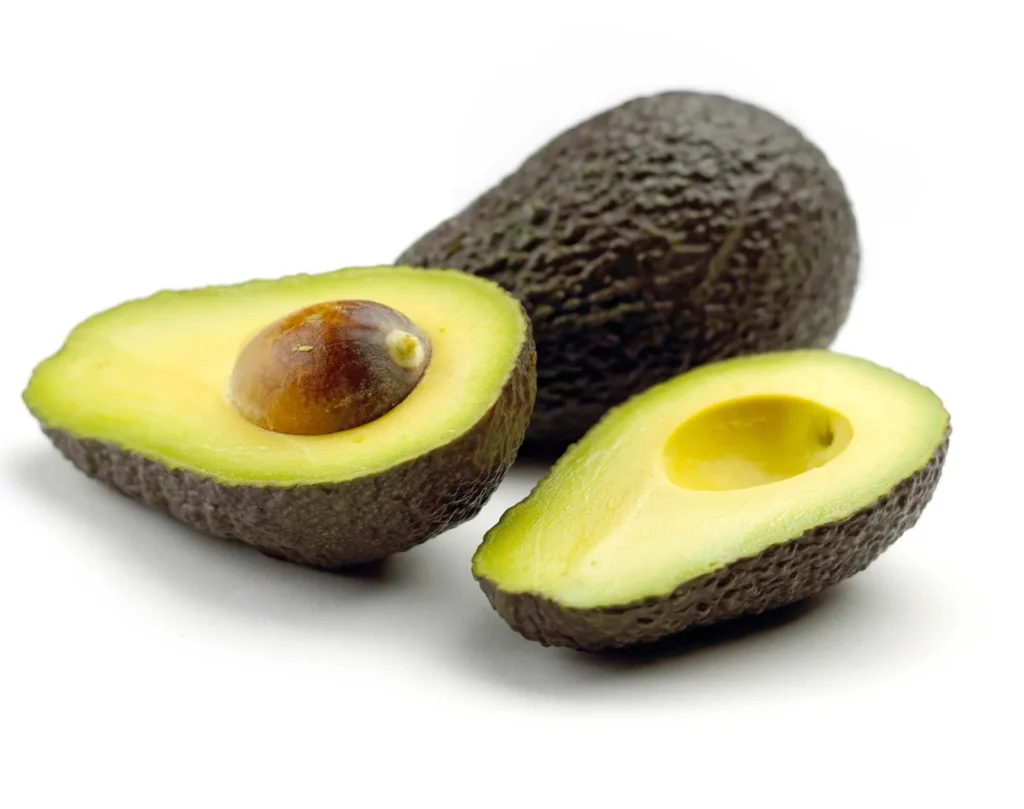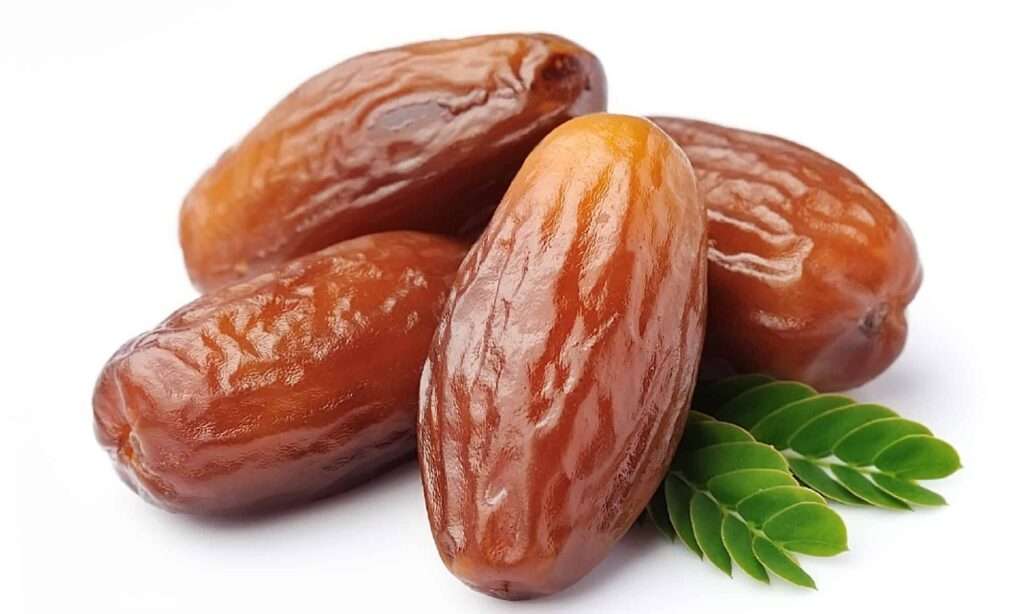
Description
From a single ovary, the peach fruit grows into a fleshy, delicious skin that constitutes the fruit’s edible portion and a hard interior known as the stone and pit that houses the seed. The two ovules in an ovary often only have one fertilized ovule that matures into a seed. This typically results in some size variation between the fruit’s halves. The flesh may be yellow, white, or red.
Varieties
There are a huge variety of peach varieties available. The majority of peach types offered for home gardens are freestone, while peach trees can either produce clingstone or freestone fruits. Additionally, you can pick peach trees that give fruit sooner or later and with yellow or white flesh.
A highly sweet midseason variety is called “Halehaven.” The trees are reportedly vigorous, and even the skin is believed to be tasty.
Large, freestoned, creamy white fruit of the ‘Carolina Belle’ variety mature from July to August.
Early-season producer “Reliance” does well in cooler growing regions.
The cold-resistant variety “Contender” yields medium-sized, freestone, red fruit that doesn’t brown.
The donut-shaped “Galaxy” and “Saturn” peaches both have sweet, white flesh.
A dwarf peach tree named “Bonanza” grows to a height of only six feet yet bears fruit that is of average size.

Uses
Peaches are a common fruit that is consumed raw, baked into cobblers and pies, and are also a staple food in many areas. Yellow meat cultivars have extraordinarily high vitamin A levels.
Nutrition
Small amounts of all the important elements are present in a medium-sized raw peach that weighs 100 g (3.5 oz), along with 39 calories, but none of them make up a sizable fraction of the Daily Value (DV, right table). Similar low nutritional level can be found in raw nectarine.
Cultivation
Compared to certain other fruit trees, peach trees live shorter lives. They cannot flourish in areas where the temperature generally lowers to 10 to 15 °F (23 to 26 °C) nor can they endure extreme cold.
The majority of varieties require some winter chilling to assist them to begin growing again after the seasonal dormancy, however, as they do not thrive in regions with overly warm winters. Although the peach may grow in a number of soil types, it typically does best in sandy or gravelly loams with good drainage. On the majority of soil types, the peach responds favourably to nitrogen-rich fertilizers or manures; without them, satisfactory growth cannot be accomplished.
Table





